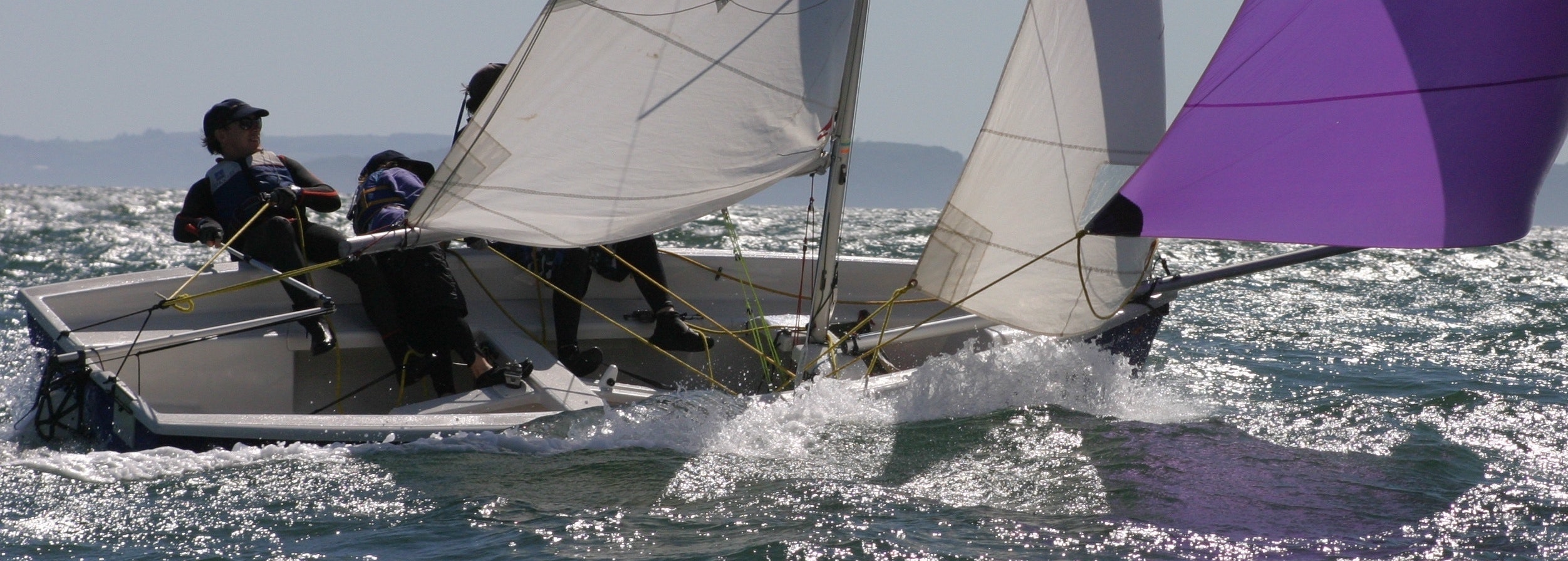The Durability of Brand Strategy is Always Tested by A Response to Disaster
An unexpected broken rudder and a looming lee shore says it all.
When the rudder broke in our small sailboat and I saw the lee shore rapidly approaching I gulped hard. After an initial panic and a string of expletives, I began to see that this was a very specific problem that needed a specific, unique – yet practical – solution. In my mind, I realized I could see what was missing, what we needed to substitute, and how we had to fix it. Yes, it was a matter of timing, improvising a solution, and finding the right parts and getting it done. But isn’t it always this way when things go suddenly wrong?
After pulling out our box of miscellaneous parts – the just-in-case something-goes-wrong box – we found a nut, a bracket, and a long bolt that would remount the rudder in place for the time being to avoid the ever-looming shore. After flopping halfway over the stern and drenching myself in water we were set; the sailboat was now maneuverable and we could be safely on our way with control over our direction.
Out of this, I learned a few things: The Initial reaction of panic only is only productive when you are reminded of your bigger goal and see what’s missing – the small details that are directly related to solving the problem. Now you can begin shifting tactically to address the immediate issues and learn what needs to be done to attain your goal. This process allows you to see where to shift and pivot to solve problems. This is exactly what businesses, brands, and marketers need to do. And now more than ever.
Disaster can shift brand awareness but you can’t lose sight of the bigger picture.
The bigger brand message that companies commit to, whether it’s a financial services firm, a retailer, or a technology solution provider like Zoom, is the foundation you must keep in mind. It’s what you promise your customers, what they can count on from your brand. When things go wrong or not as expected, great brands pivot and understand what to do to deliver.
The predictability and structure of what you learned in business school is not always relevant when the dynamics of a changing situation go haywire. It’s the tools you’ve picked up along the way that can often be very helpful. The way you respond to change over time and keep the focus of your brand is what keeps great companies going. In responding to changes in the market, a company can succeed in solving major problems if they understand their value and meaning to customers, the north star of their brand.
A sustainable longer-term brand vision is essential, since you’ll always face change.
What’s your big promise? What customers are you dedicated to overtime? Strategies that answer these questions need to survive dramatic challenges, shifts in technology, and competition over time. This is why having a very clear and focused brand strategy that delivers on a bedrock brand promise allows companies to succeed even with dynamic market changes.

Target has only grown only more relevant with challenges.
A good example of this is Target, which has gone through several very challenging issues over the years. They had a miserably failed expansion in taking over a Canada-based retailer’s stores and then completely missed the boat by not carrying familiar Canadian product lines. Facing serious losses, they very quickly closed these stores. Secondly, they had a major credit card security breach in 2013 compromising 41 million accounts.
Both of these events could have put other companies out of business but Target remembered who they were for customers – stylish and affordable product lines that offer excellent value and attract a broad range of customers. They then added a grocery and lastly devised a model that could scale from a 15,000 sq. ft. store to 200,000 sq. ft. store and improved and expanded eCommerce, with everything supported by the one warehousing and distribution system. This flexible and adaptable model has worked well, even through the pandemic.
Airbnb responds to change and stays committed to their brand values.
Another company that really has responded to dynamic change is Airbnb. With the advent of the pandemic in March and the dramatic drop in travel, their business fell off a cliff. The CEO’s response was measured and long-term in vision. Their customers are both the hosts and travelers. Trust is what they have built this customer base on. They immediately worked with their hosts and their travelers, helping them manage this dramatic and unexpected shift. And, through all this, they did realign their business and continue with their IPO. They know who they are and they know that their customers and brand matter because it’s all built on trust.
Awareness and understanding of changing market environments is critical.
For these companies, their innovation, awareness of market trends, and shifts in operations all came from disasters that forced rethinking how they executed their business model. Critical to their success was not changing the brand focus or brand strategy. If anything, they responded with agility to the dynamics in their world.
This clearly demonstrates that massive, often unpredictable, changes, market dynamics, and competitive threats are going to inflict on businesses no matter how secure your market is. How does your brand help you differentiate, deal with change, and respond to it and still keep the true course? This is the big question all brands need to address as part of building a brand strategy that can stand the test of time.
